Author: 10mm Wargaming
-
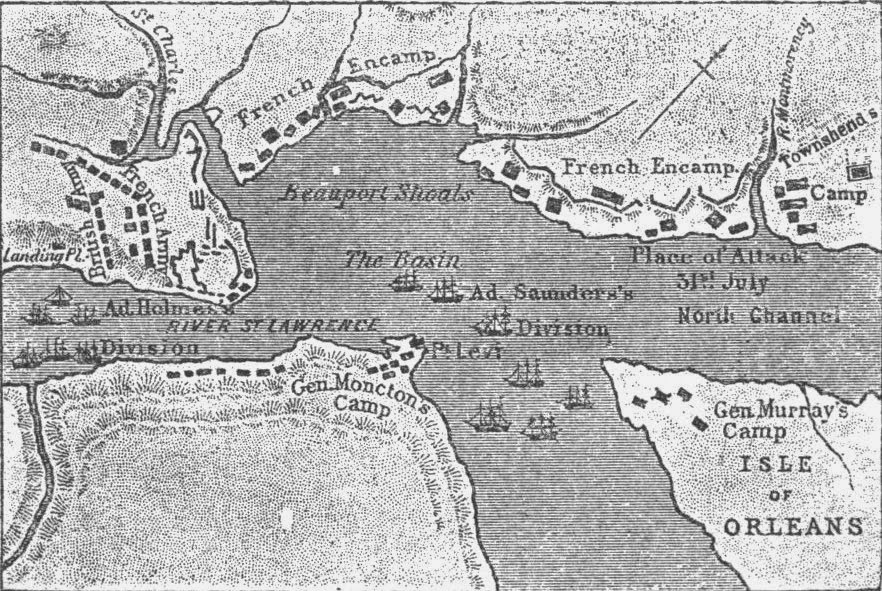
The Battle of Quebec
The Battle of Quebec, also known as the Battle of the Plains of Abraham, took place on 13th September 1759, during the Seven Years’ War. This pivotal battle was fought between the British Army, led by General James Wolfe, and the French forces under the command of General Louis-Joseph de Montcalm. The battle occurred on…
-

Mat-O-War Wargaming Mat
Mat-O-War Wargaming Mat came today I’m very impressed with it. For those who don’t know about the Mat-O-War. its a compressed static grass flock sealed with a special resin that results in a flexible mat of compressed static grass. The mat actually improves with age as it becomes more flexible yet will not shed at…
-

Wargaming Projects 2014
Wargaming Projects 2014, My priorities for 2014 are to build terrain and carry on painting all my different projects. Wargaming Projects 2014 ACW Project 14th November 2014, Some gun emplacements all finished the can be used for FIW, AWI and ACW. AWI Project 6th November 2014, Pendraken Star Fort all finished complete with British and American…
-
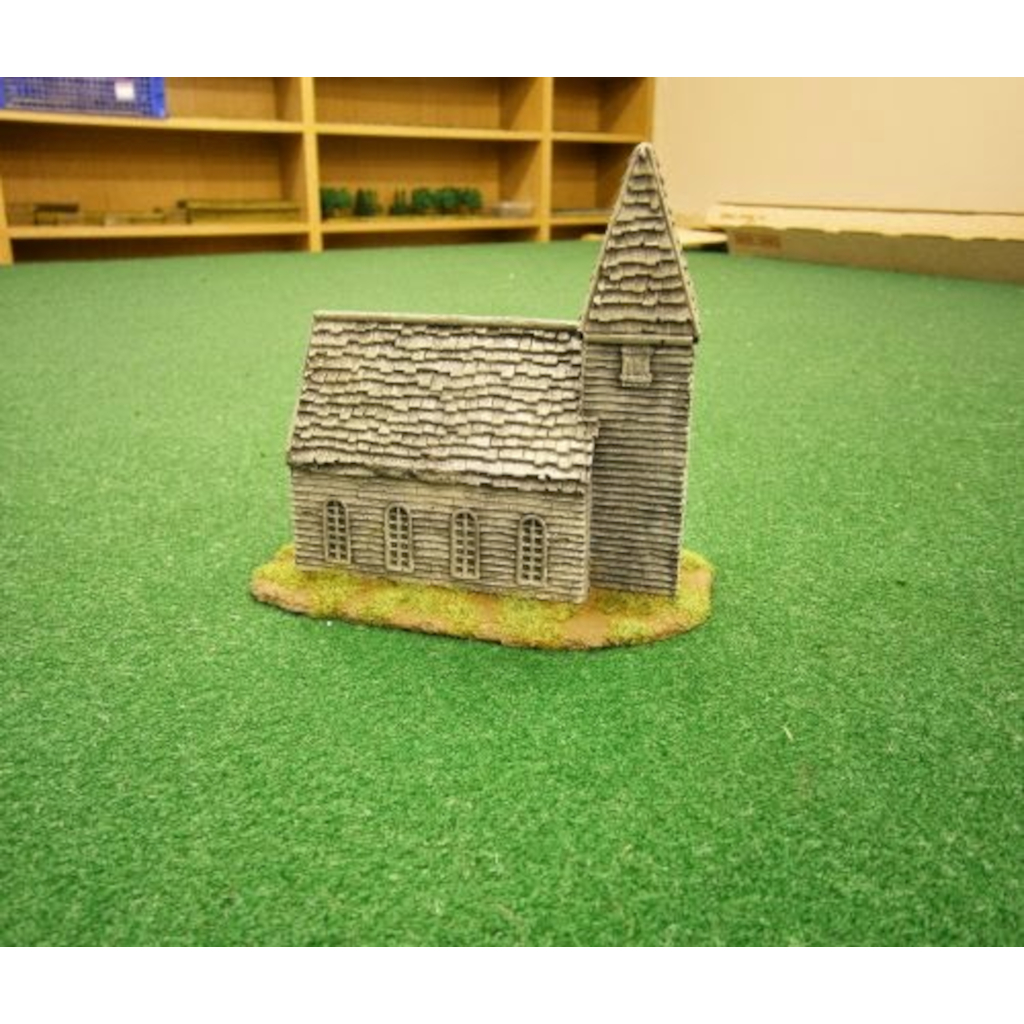
Battleground American Civil War Buildings
Battleground American Civil War Buildings, I have purchased these from Magister Militum. And they are made by Battleground Scenery Buildings to be honest I am not overly impressed with these buildings especially clapboard house very poorly cast with parts of the roof missing and a lot of pitting however once painted and textured they are passable.…
-
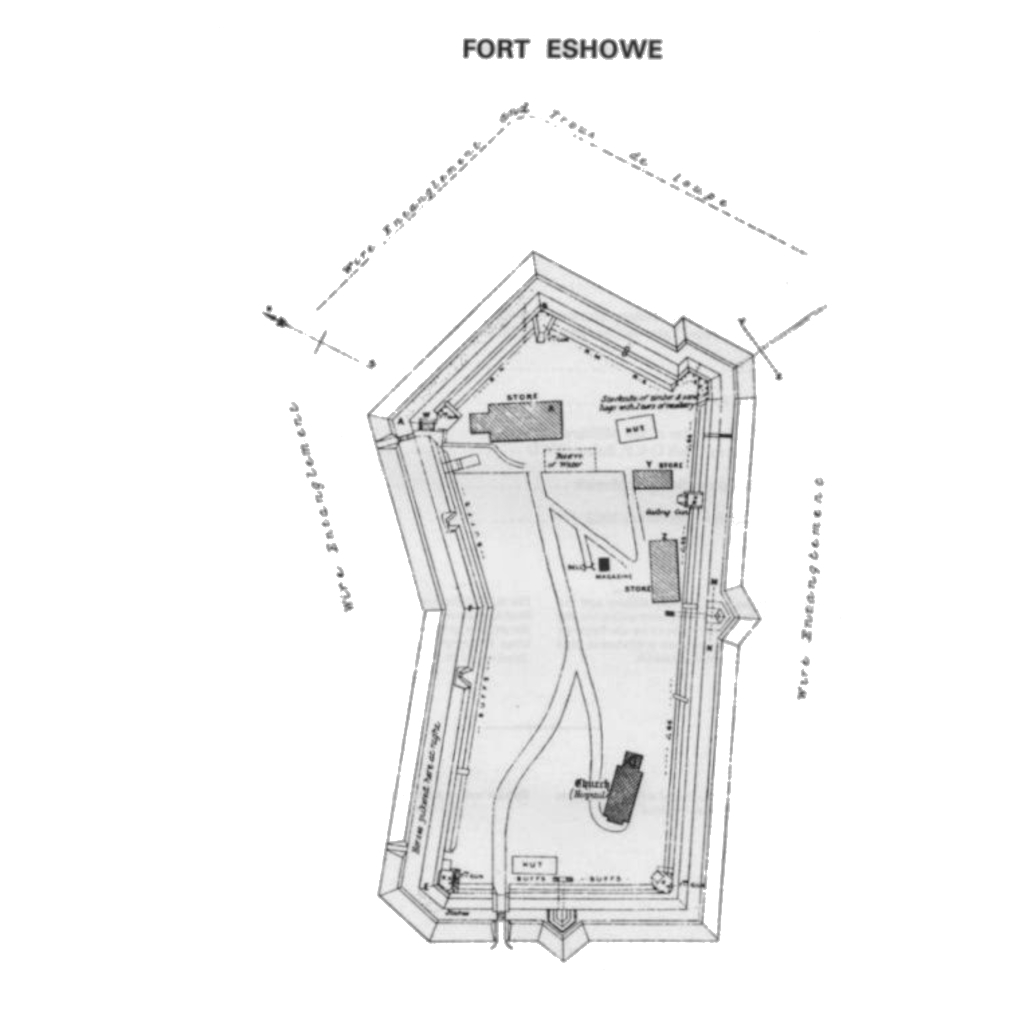
The Siege of Eshowe
The Siege of Eshowe occurred during the Anglo-Zulu War from 22nd January to 3rd April 1879. It was part of a three-pronged British invasion of Zululand, aimed at defeating the Zulu Kingdom under King Cetshwayo. Colonel Charles Pearson led the No. 1 Column of the British invasion force, tasked with establishing an advanced base at…
-
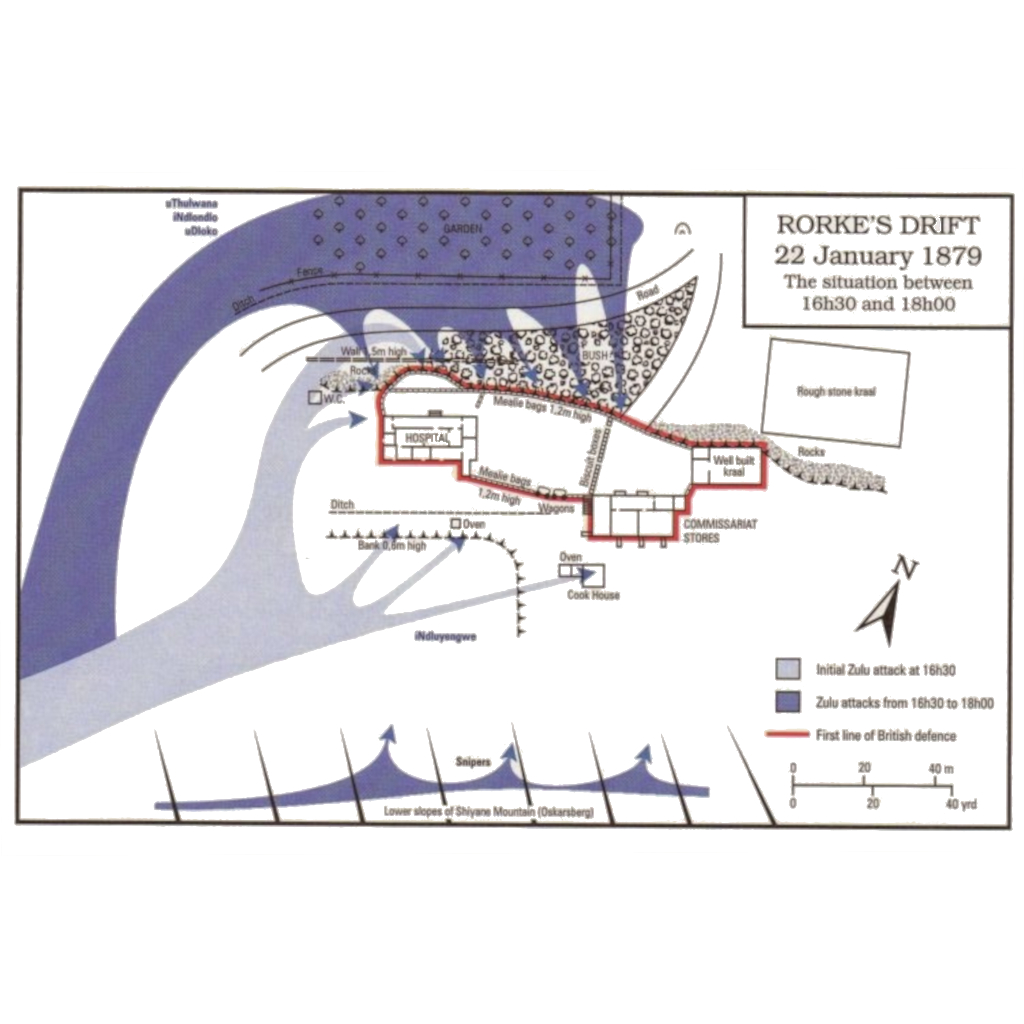
The Battle of Rorke’s Drift
The Battle of Rorke’s Drift took place on 22nd to 23rd January 1879, during the Anglo-Zulu War. It was a significant engagement following the British defeat at the Battle of Isandlwana earlier that day. The battle occurred at the Rorke’s Drift mission station, a small British outpost on the border of the British colony of…
-
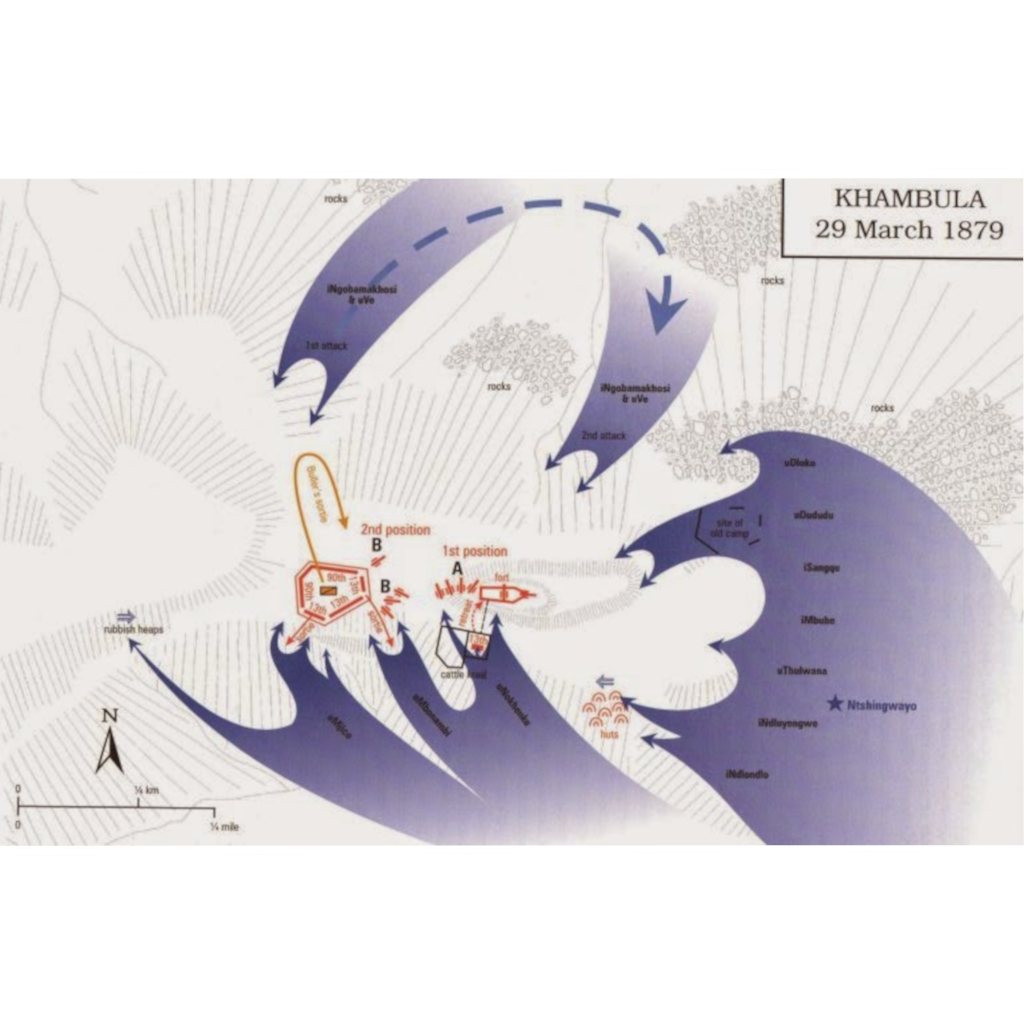
The Battle of Kambula
The Battle of Kambula took place on 22nd March 1879, during the Anglo-Zulu War. It was a significant engagement following the British defeat at the Battle of Hlobane the previous day. The battle occurred at the Kambula camp, a fortified British position on a steep-sided plateau in the colony of Natal. Colonel Henry Evelyn Wood…
-
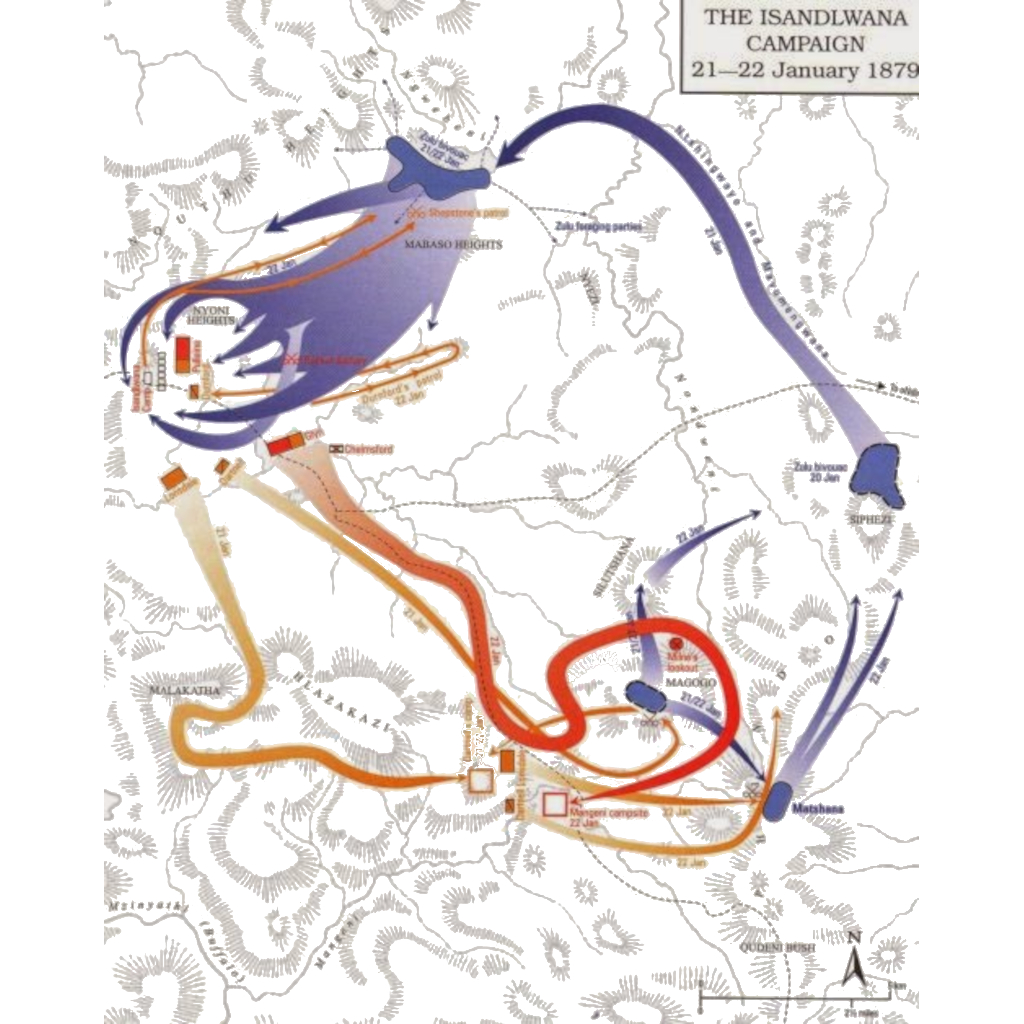
The Battle of Isandlwana
The Battle of Isandlwana occurred on 22nd January 1879, during the Anglo-Zulu War. It was the first major encounter between the British Empire and the Zulu Kingdom, resulting in a decisive Zulu victory. The British forces, led by Lord Chelmsford, invaded Zululand with a force of approximately 1,800 troops, including British regulars, colonial troops, and…
-
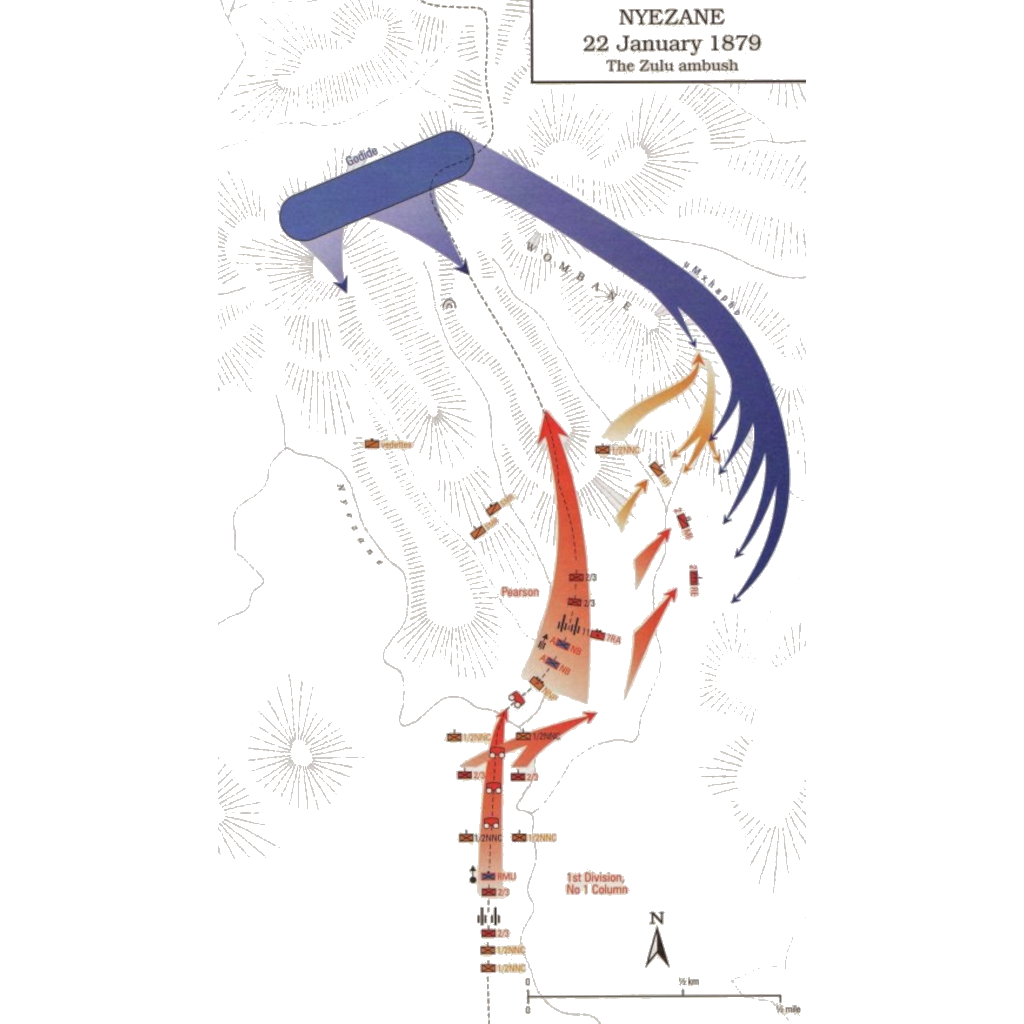
The Battle of Inyezane
The Battle of Inyezane took place on 22nd January 1879, during the Anglo-Zulu War. It was part of the British invasion of Zululand, led by Colonel Charles Pearson of the No. 1 Column. The battle occurred on the north bank of the Inyezane River, near the British camp. The British forces, numbering around 2,400 men,…
-
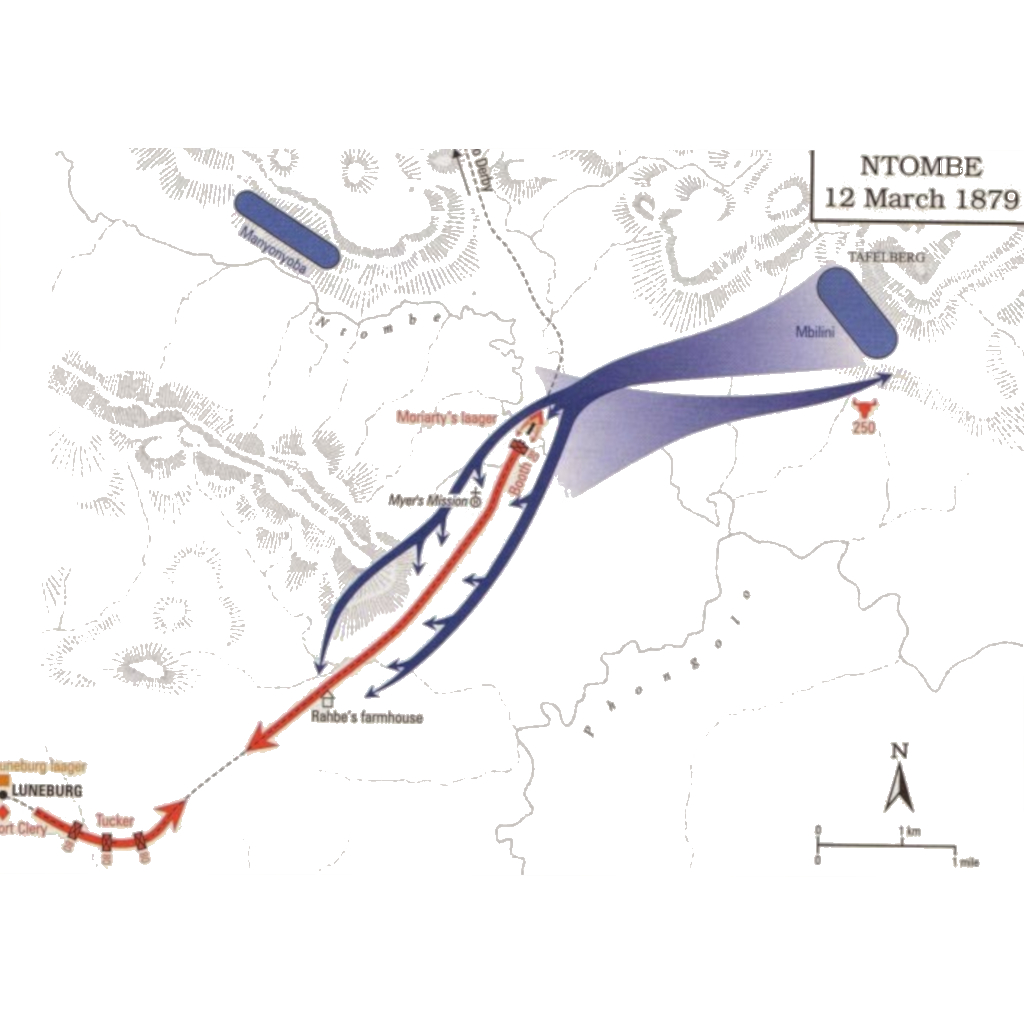
The Battle of Intombe
The Battle of Intombe took place on 12th March 1879, during the Anglo-Zulu War. It was a small but significant engagement fought on the right bank of the Intombe River in Zululand. The battle involved a British supply convoy en route to the village of Lüneberg, which had been fortified by its settlers due to…
-
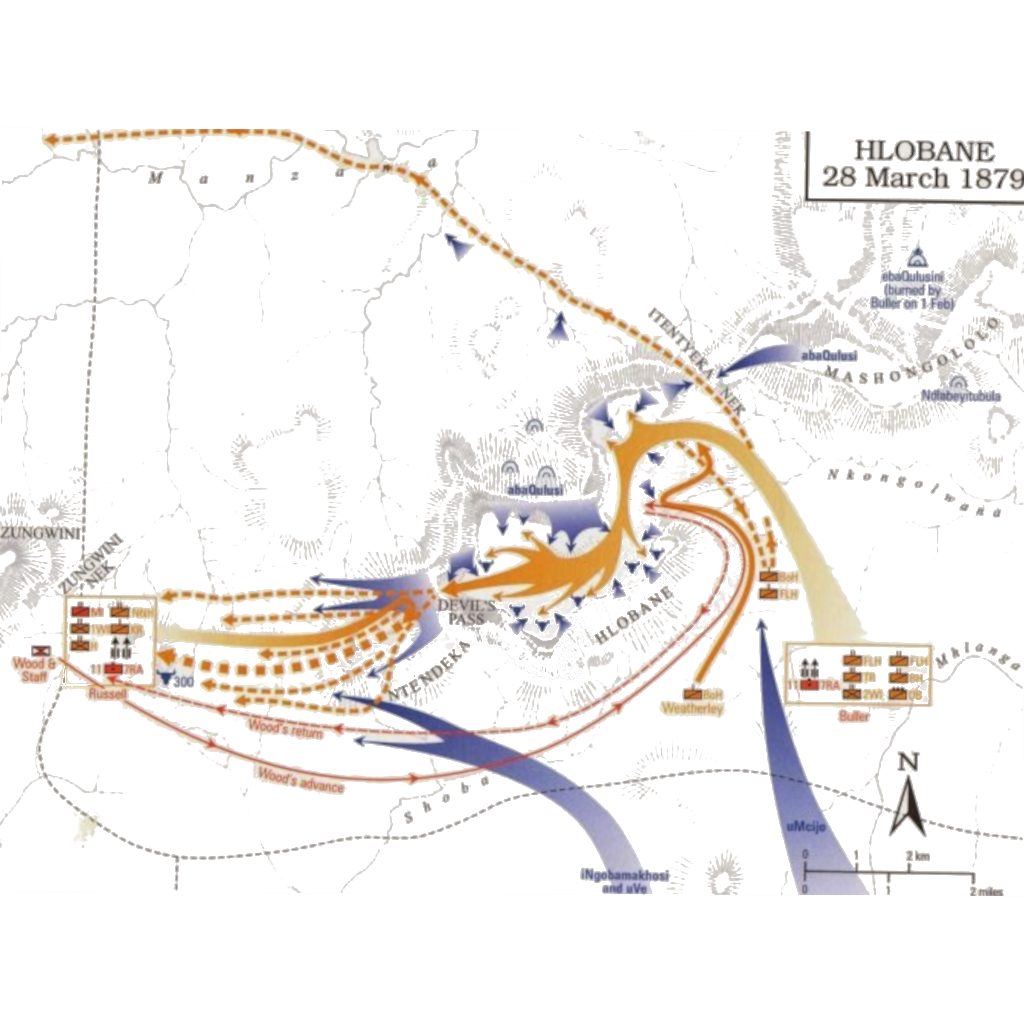
The Battle of Hlobane
The Battle of Hlobane took place on 28th March 1879, during the Anglo-Zulu War. It was part of the British strategy to divert Zulu forces and relieve the besieged British camp at Eshowe. The British forces, led by Colonel Evelyn Wood, planned a night attack on the Hlobane plateau, aiming to capture Zulu cattle and…
-
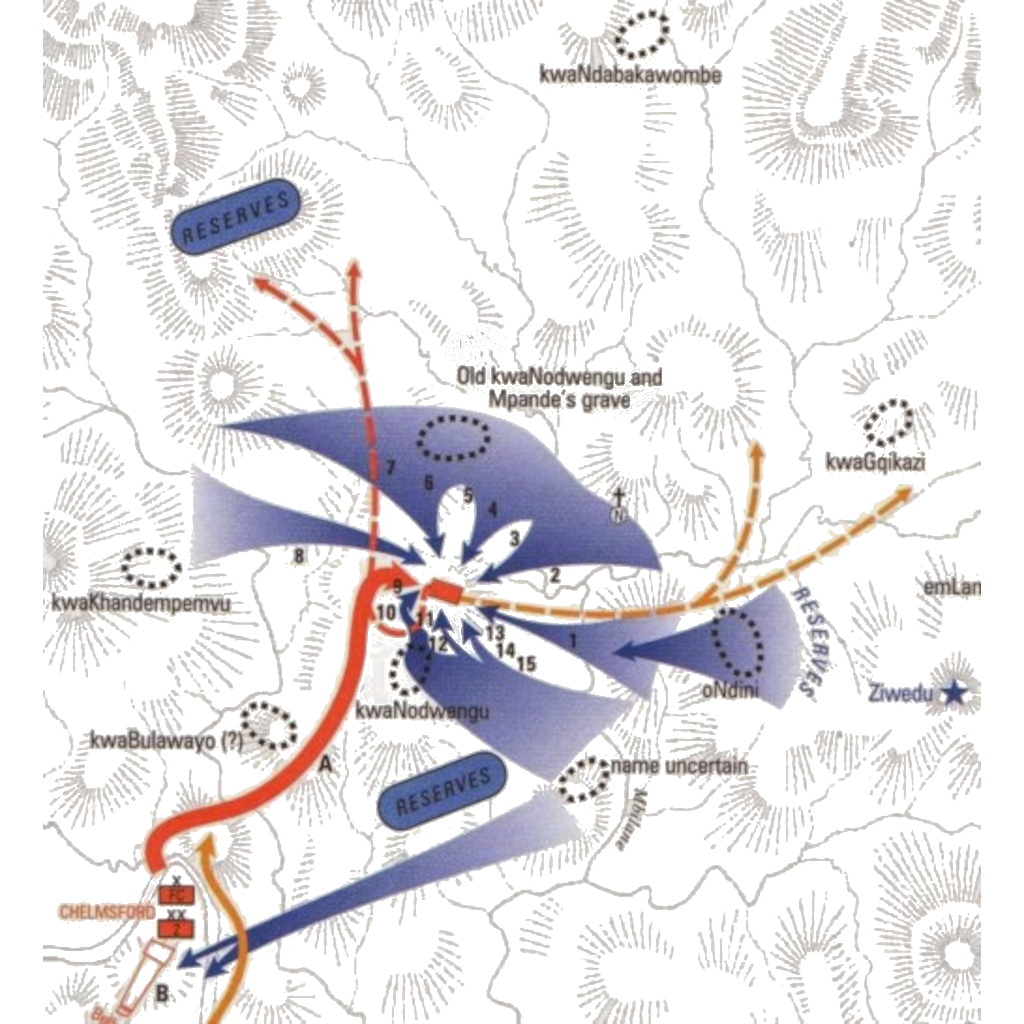
The Battle of Ulundi
The Battle of Ulundi, fought on 4th July 1879, was the final and decisive battle of the Anglo-Zulu War. It took place at the Zulu capital of Ulundi (oNdini), where Lord Chelmsford led the British forces against the Zulu army commanded by King Cetshwayo. The British force, consisting of 4,200 British troops and 1,000 African…
